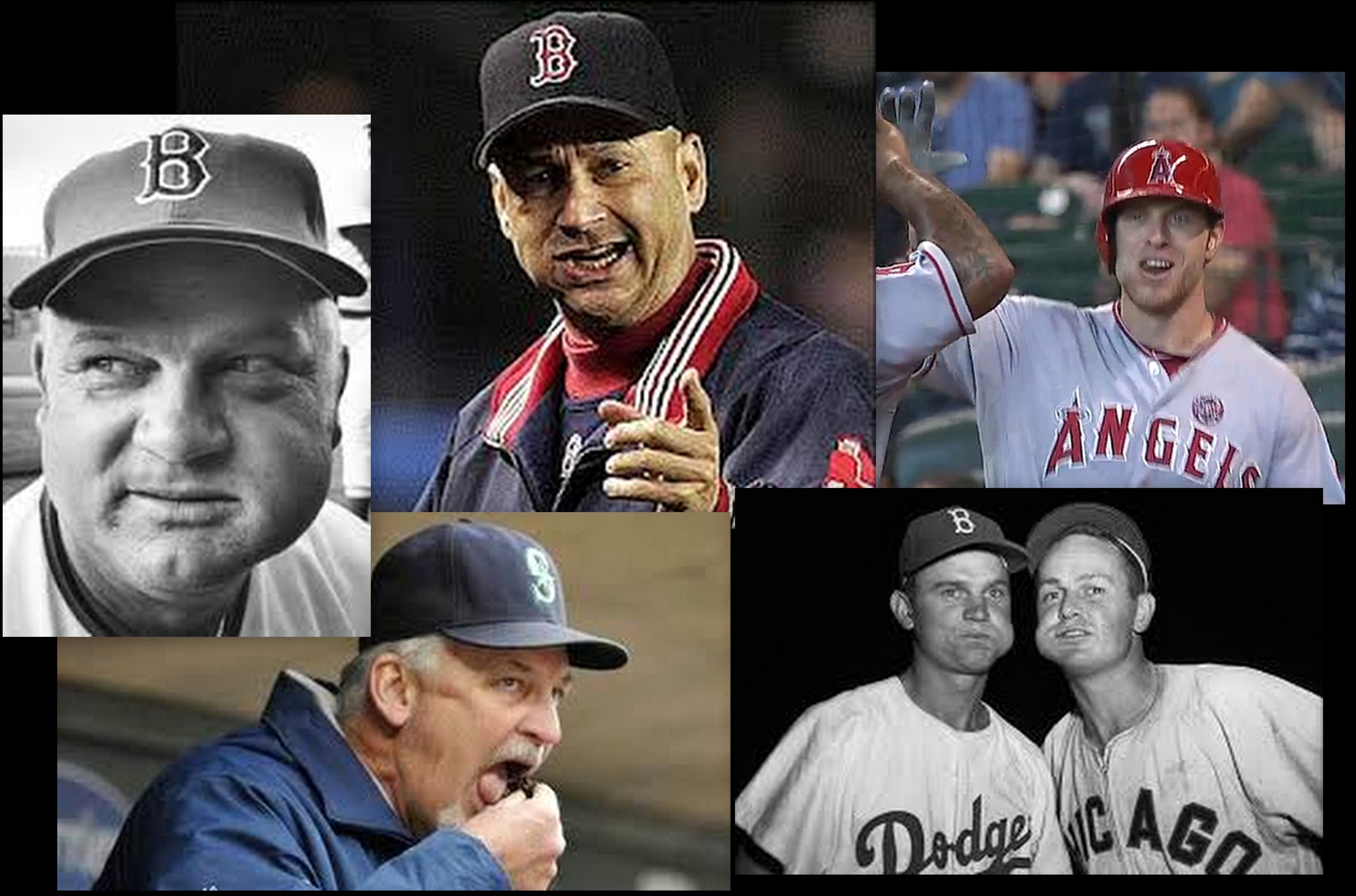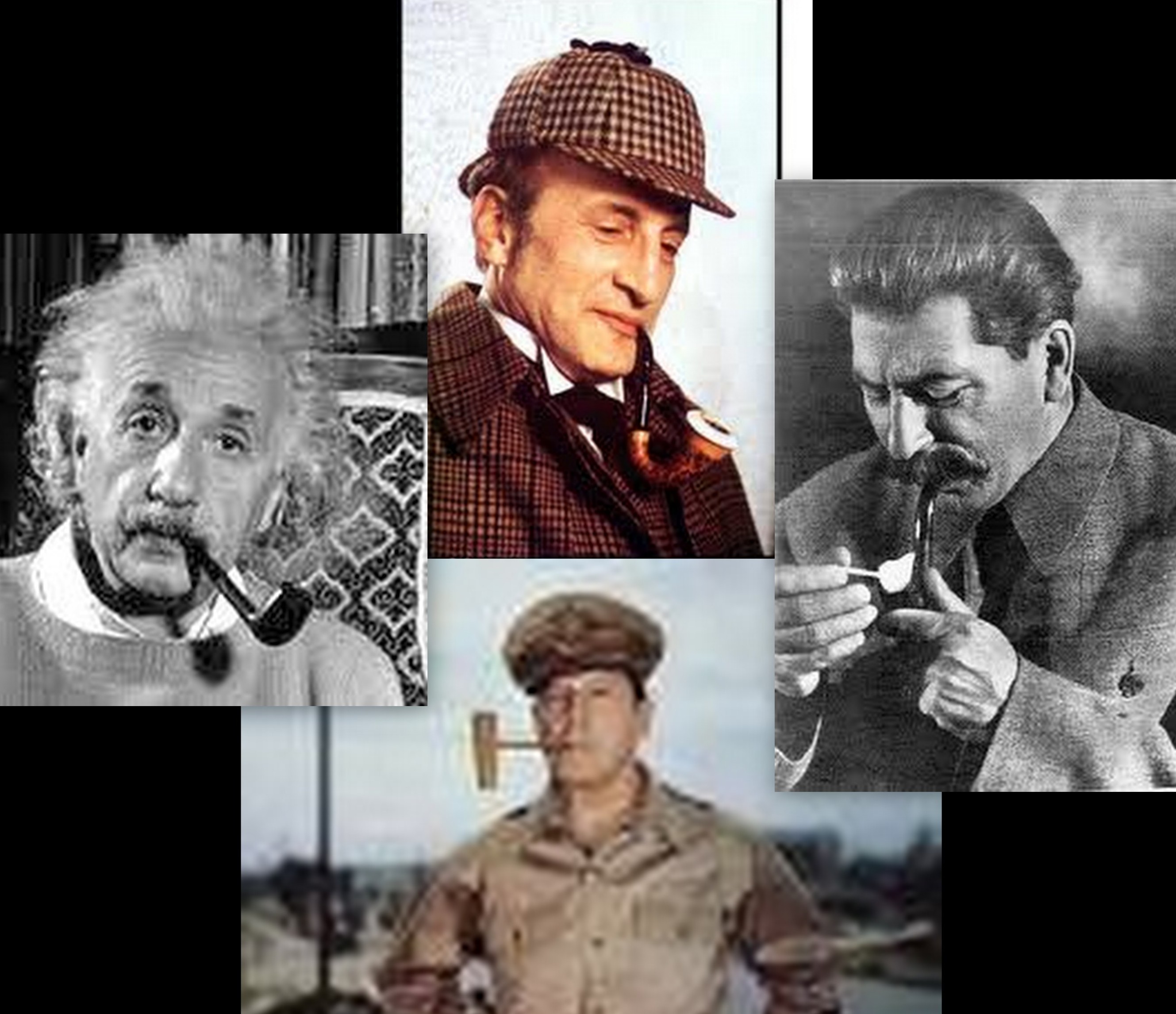For someone who never smoked anything, I learned a lot about tobacco while I worked for the family business. History claims that it was the crew on one of Columbus’s trips to the Americas who discovered tobacco, which was being chewed as well as smoked by natives in the Caribbean.
The crew brought the product back to Europe where it became very popular during the 18th century, especially among the European elite who sniffed a finely ground version into their nostrils and therefore dubbed it “snuff”. Famous snuff users included Pope Benedict III, King George IV, Napoleon Bonaparte, Marie Antoinette, Benjamin Franklin and many dignitaries of that time.
 Contrary to established thought, it was Sir Walter Raleigh who introduced tobacco and the cultivation thereof to the Virginias rather than the reverse. It was the Europeans who established tobacco plantations in Haiti, Jamaica and Cuba. Until the cigar industry was nationalized by Castro, Cuban cigars were very popular here in the U.S. The embargo however has reduced the supply to a trickle.
Contrary to established thought, it was Sir Walter Raleigh who introduced tobacco and the cultivation thereof to the Virginias rather than the reverse. It was the Europeans who established tobacco plantations in Haiti, Jamaica and Cuba. Until the cigar industry was nationalized by Castro, Cuban cigars were very popular here in the U.S. The embargo however has reduced the supply to a trickle.
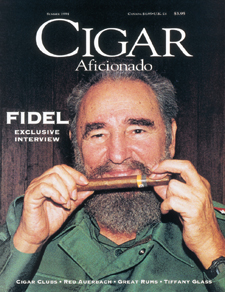
Handmade Cohibas, a popular high-quality cigar, is manufactured today in Cuba as well as in the Dominican Republic. The tobacco itself however, is still grown in Cuba. Cohibas are a favorite of Fidel Castro, however they are very expensive. You can buy a box of twenty Dominican-made Cohibas online, however prices range from $190 to $350, depending on your selection.
Many expatriate Cuban Cigar makers settled in Florida, and some of the popular brands are still made in Tampa cigar factories.
My dad, Gilbert, used to say that his father, Ike Nathanson could take an unlit cigar, roll it in his fingers, smell it, break it apart and tell you the name of the brand and where it was made.
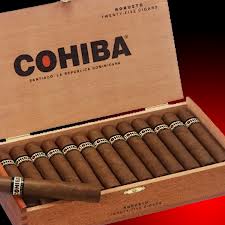
I, of course, knew nothing about the product I was selling, but thanks, or no thanks, to years of second-hand cigar smoke exposure I can recognize the difference between a quality expensive brand cigar and a cheap mass produced “stogie”.
There was also a time when I could distinguish between the harsh odor of Camels cigarettes or the less irritating fumes from burning Chesterfields or Luckies and the sweet smell of Pall Malls.
Cigarettes
Though the hand-rolled cigarette dates back to the 17th century, the first machine-made product was introduced in the late 1880s. However, widespread smoking of cigarettes did not become popular in the U.S. until the beginning of the 20th century.
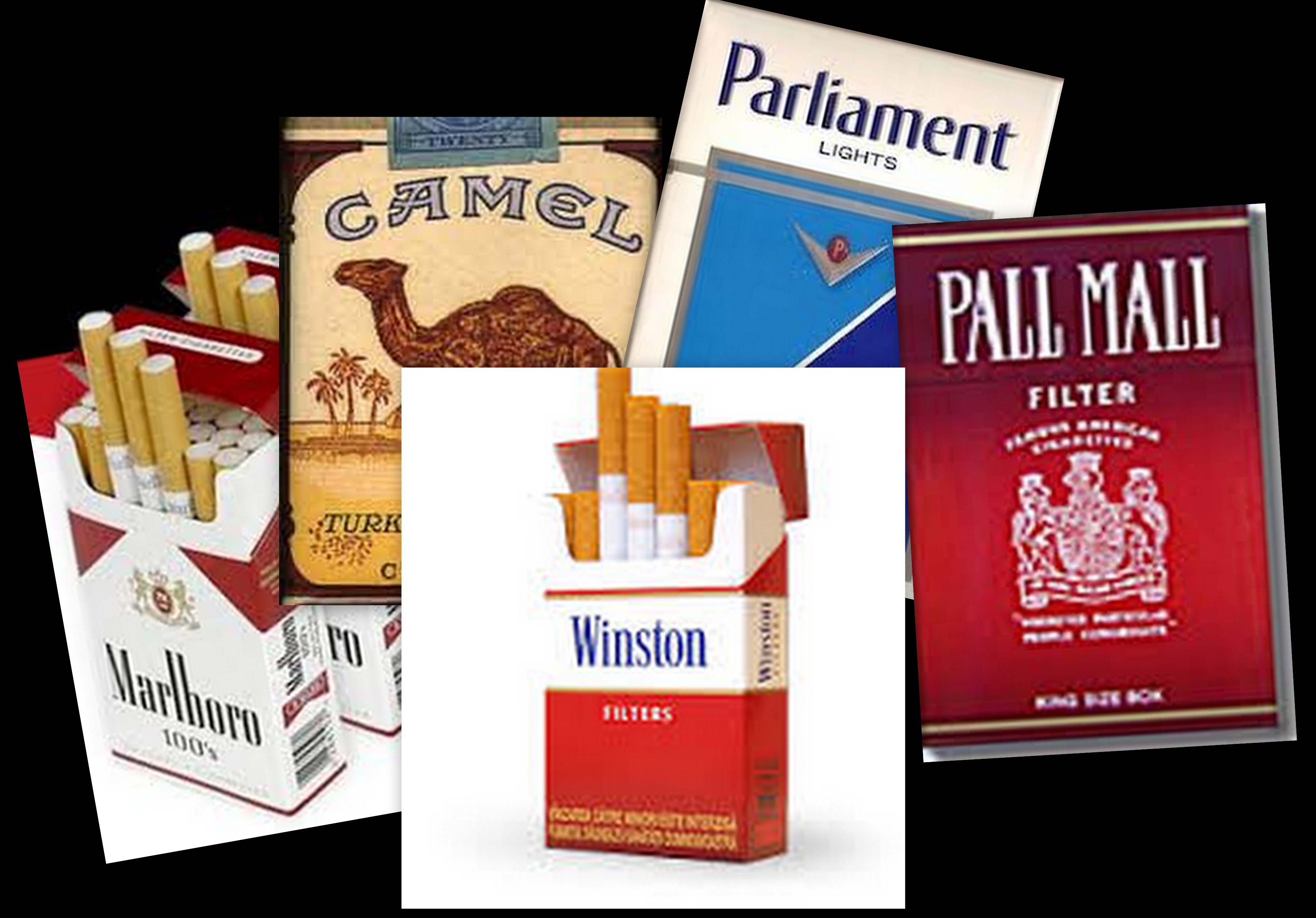 I’ll leave the evolution of the cigarette to another blogger. Suffice it to say that there could be fifty companies in the world manufacturing the product today. Five of the largest selling brands in the United States are currently Marlboro, Winston, Camel, Parliament and Pall Mall.
I’ll leave the evolution of the cigarette to another blogger. Suffice it to say that there could be fifty companies in the world manufacturing the product today. Five of the largest selling brands in the United States are currently Marlboro, Winston, Camel, Parliament and Pall Mall.
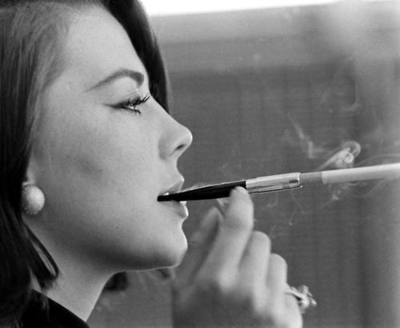
Though many cigar and pipe smokers do not actually inhale, cigarette smoke is almost always inhaled by its habituates. To reduce the amount of nicotine, cigarette manufacturers have installed special tips and claim to have treated their tobacco in such a way, or so they advertise, to reduce the amount of “tar”. Over the years some cigarette smokers have tried specially designed cigarette holders such as the Dunhill DeNicotea which incorporated a replaceable crystal filter designed to trap and reduce the amount of tar and nicotine inhaled into the system.
The restrictions placed on smoking in the U.S. plus the social pressures associated with the habit are obviously having an impact. Cigarette consumption in this country, at least the traditional tobacco version thereof, has decreased as much as 30% in the past ten years. On the other hand, we may be swapping one sin for another. It will be interesting to chart the growth of marijuana sales over the next ten years.
Chewing Tobacco
Aside from cigars and cigarettes, our biggest sellers at Nathanson Cigar and Tobacco were chewing tobaccos. Minnesotans’ favorite brands in my day were Copenhagen and Skoal. They were the working man’s “chaws” of choice.
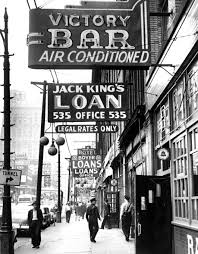
My indoctrination into the world of the tobacco chewer was the day I was asked to call on an account on Washington Avenue in the Gateway district of downtown Minneapolis, which bordered the railroad yards.
One would never recognize that area today as it is now the pride of the city’s big reclamation project. In my day however, it was skid row, the city’s tenderloin district, where railroad laborers, bums and ladies for hire shared its bars, flophouses and missions in a twenty square block area. It was considered by the folks “uptown” as a “blight” on the city.
My assignment that day was to deliver an order to a popular tavern called “The Stockholm”. In addition I was supposed to introduce a new product to this particular account, a mint flavored chewing tobacco produced by the manufacturer of Skoal.
It was the first time I had called on The Stockholm or, for that matter, any other account in the Gateway district. I was surprised to find a pretty good sized afternoon crowd when I walked in with my delivery. There were a dozen or more men and a couple of women hanging out at the bar. The pungent odor of stale beer was overwhelming.

I followed the bartender, a big Norwegian guy, through a couple of swinging doors, into a store room, where he checked out his order which consisted of six boxes of cigars, various cartons of cigarettes and related tobacco products.
“What’s this?” he said when he came to a small stack of blue tins bearing the Skoal label.
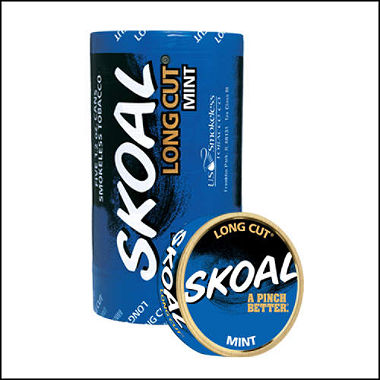
I replied that it was a new chewing tobacco with a mint flavor.
“Are you kidding?” he said. “Do you really think my customers will chew tobacco that tastes like candy?”
“Oh it’s really good.” I assured him. “It’s going to be a big seller.”
“Oh really? Humm. Well… let’s go out and show it to the boys.”
I followed him out to the bar where he passed around a few cans to some of his customers.
“What do you think, men?” he asked. “Would any of you pay a dime for a can of peppermint snuff?”
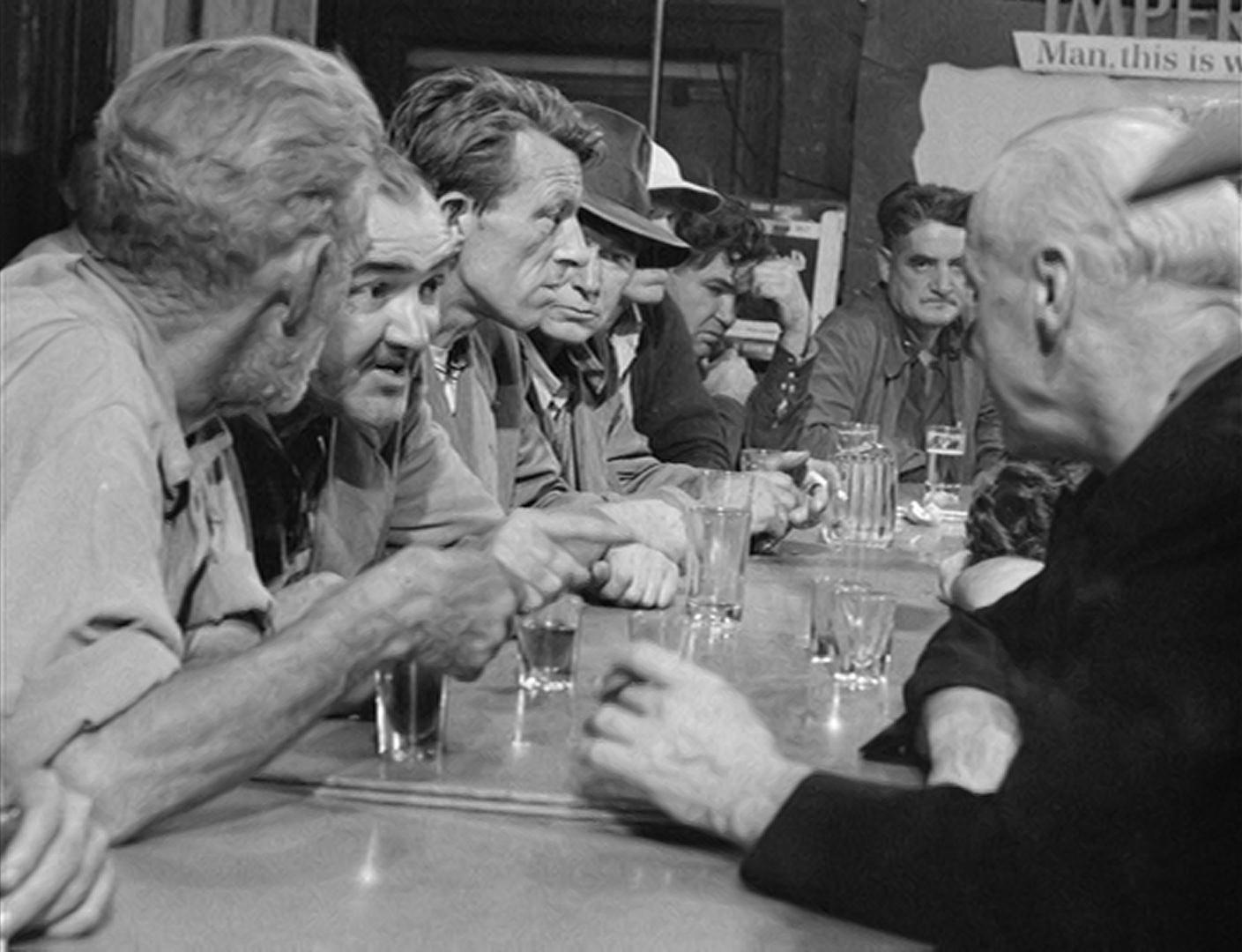
“Peppermint?… You gotta be kidding,” was just one of the derogatory comments.
“Well,” said the big guy, “this kid thinks I should buy an order,” and turning to me he asked, “What do you chew kid?”
I didn’t know what to say. What could I say? I replied shakily that I was only 17 and didn’t “chew”.
“Have you ever tried it?” And then, answering his own question, he said, “I’ll tell you what… you try it and if you like it, I’ll buy it.” And turning to the now gathering crowd, he said “That’s fair, isn’t it boys?”
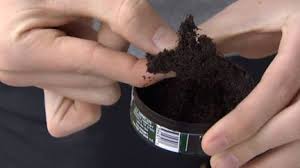
Everyone nodded as he opened a can and held it out to me. What could I do? It really did smell like peppermint. So, while everyone looked on, I took a pinch and, as I had seen so many working men do, I rolled the tobacco into a little ball and with the encouragement of my audience, placed it in a corner of my mouth between my lower lip and my teeth. It took only a few seconds for the burning sensation of the tobacco-saliva mixture to reach my brain. I spat out the wad into my hand, probably swallowing some of that juice. I was sure my face was going to explode there on the spot.
“By gum,” one man said, “I think the kid may have swallowed some of the chaw.”
Another man said, “How about that?” as I coughed and spit into the napkin he handed me.

“Here kid… take a big swig of this.”
It was the bartender with a schooner of beer in his hand. It saved my life. I gargled that beer and swallowed most of it. I was not a beer drinker at the time, but that schooner saved my life.
To the applause and the cheers of the crowd, the bartender announced that he would accept my order of mint flavored Skoal, and passed around the rest of the cans into the eager hands of his patrons, announcing that this first chew was “on the house”.
“What do you think boys?” he asked after a minute or two. “Has the kid got a winner?”
“Ya, sure, you betcha” they cried out almost in unison. “The kid’s OK… and the Skoal’s not bad either.”
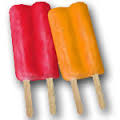
 “There’s your answer kid” said my customer. “Send out a case with my next order. And to the applause of the crowd I left The Stockholm, stopping at the little grocery store down the street for a couple of popsicles to ease my burning gums and cheeks on the way home.
“There’s your answer kid” said my customer. “Send out a case with my next order. And to the applause of the crowd I left The Stockholm, stopping at the little grocery store down the street for a couple of popsicles to ease my burning gums and cheeks on the way home.
Chewing tobacco was and still is a very bad habit that involves periodically spitting out the tobacco saturated saliva. As late as the 1930s every bar had a brass spittoon or two. Snuff is available in tins, bricks and packages, and a user can be easily identified by the bulge between his cheek and his gums. Popularized by the athletes, and still used by some baseball players today, chewing tobacco has always been stigmatized as a lower-class habit. Though the New York Yankees’ Babe Ruth chewed tobacco, fellow Yankee Hall-of-Famer, Mickey Mantle, who played a few years later elected to fill his jaw with bubble gum.
It’s interesting to note that with the recent stigmatization of smoked tobacco, some of America’s young people have turned to chewing tobacco to get their nicotine fix. Why not? Especially when you can buy it in fruit flavors and even chocolate”. You can always spot a snuff abuser by the chaw in his cheek or the discolored teeth in his smile.
Though smokeless tobacco habituates may think they are dodging lung cancer or emphysema, its highly addictive, and there are some terrible photos on the internet of disfigured faces due to years of chewing tobacco abuse. The health studies indicate that the nicotine content in one can of Skoal is equivalent to that contained in sixty cigarettes.
Other Tobacco Products
Smoking a pipe has always been a symbol of stability. In my day it was considered dignified. Perhaps it was because my father smoked a pipe as did important people such as did Albert Einstein, Douglas MacArthur, Joseph Stalin and of course Sherlock Holmes with his famous Calabash pipe.
My uncle Billy Gruenberg was a pipe salesman. I only took orders for pipe tobacco such as Prince Albert and Sir Walter Raleigh, Uncle Bill was the pipe expert. I loved Uncle Bill, who had a wonderful easy way about him, and while everyone else on those Sundays at 801 Elwood was smoking cigars and yelling at each other, he would take me off in a corner and teach me how to play Casino, a popular card game of the times.
Of course The Nathanson Company carried everything related to the tobacco industry. In addition to every brand of cigarettes available at the time, I also sold tobacco in little bags and pouches for the roll-your-own folks as well as packages of cigarette papers which retailed for pennies.
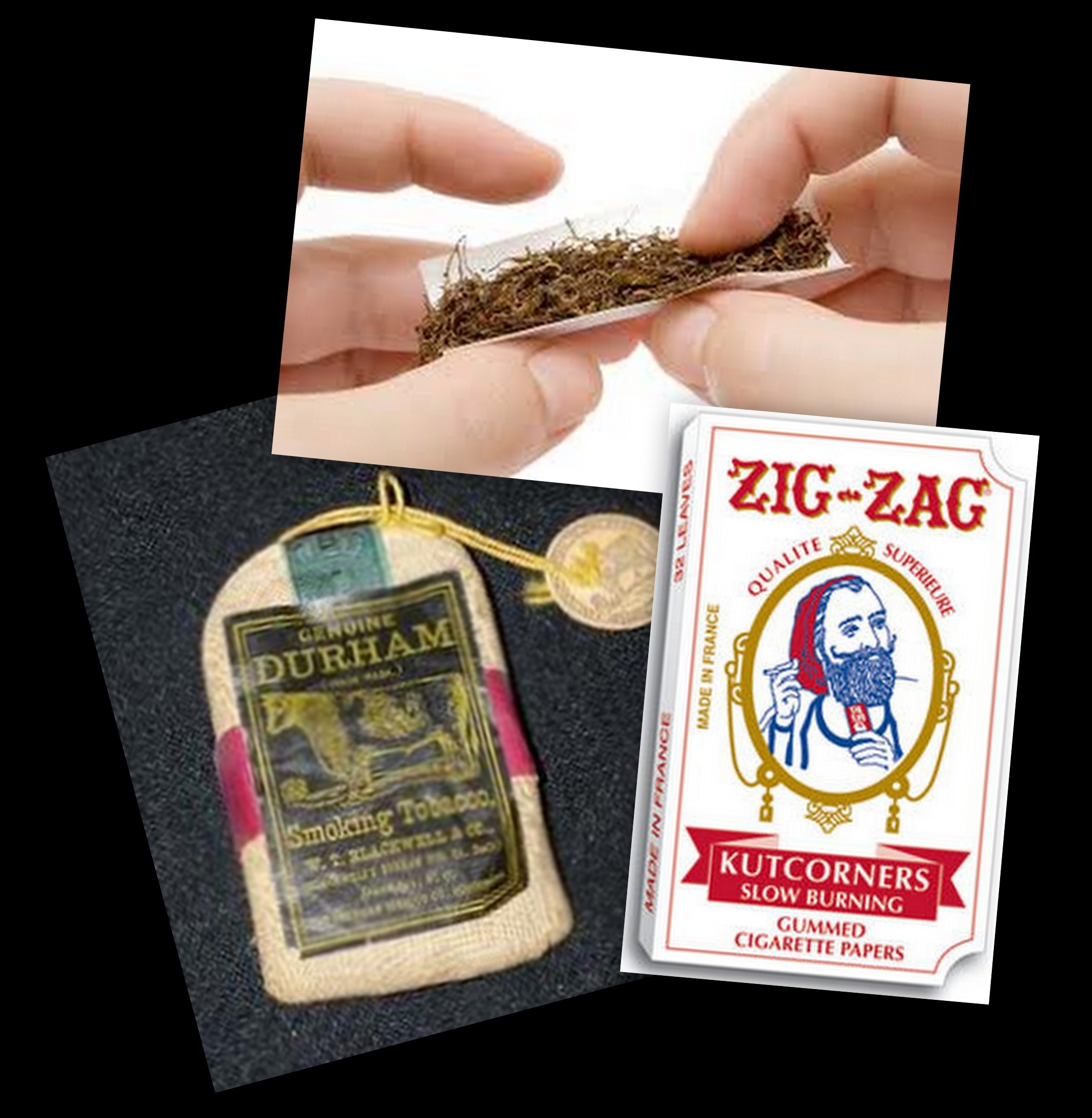
In those days a smoker could buy a package of popular brand cigarettes for 35 cents. The working-man however, usually preferred to roll his own. A bag of Bill Durham tobacco cost him as little as a dime, from which he could roll twenty cigarettes. The average cost today of a package of cigarettes with taxes in California is $6.45. In Chicago the average cost with tax is $11.59 and in New York it’s $14.50. Even with inflation it still pays to roll your own.
What with the popularity of marijuana today among the young, there is a bigger demand than ever for “cigarette” papers, which are now available in assorted flavors.
